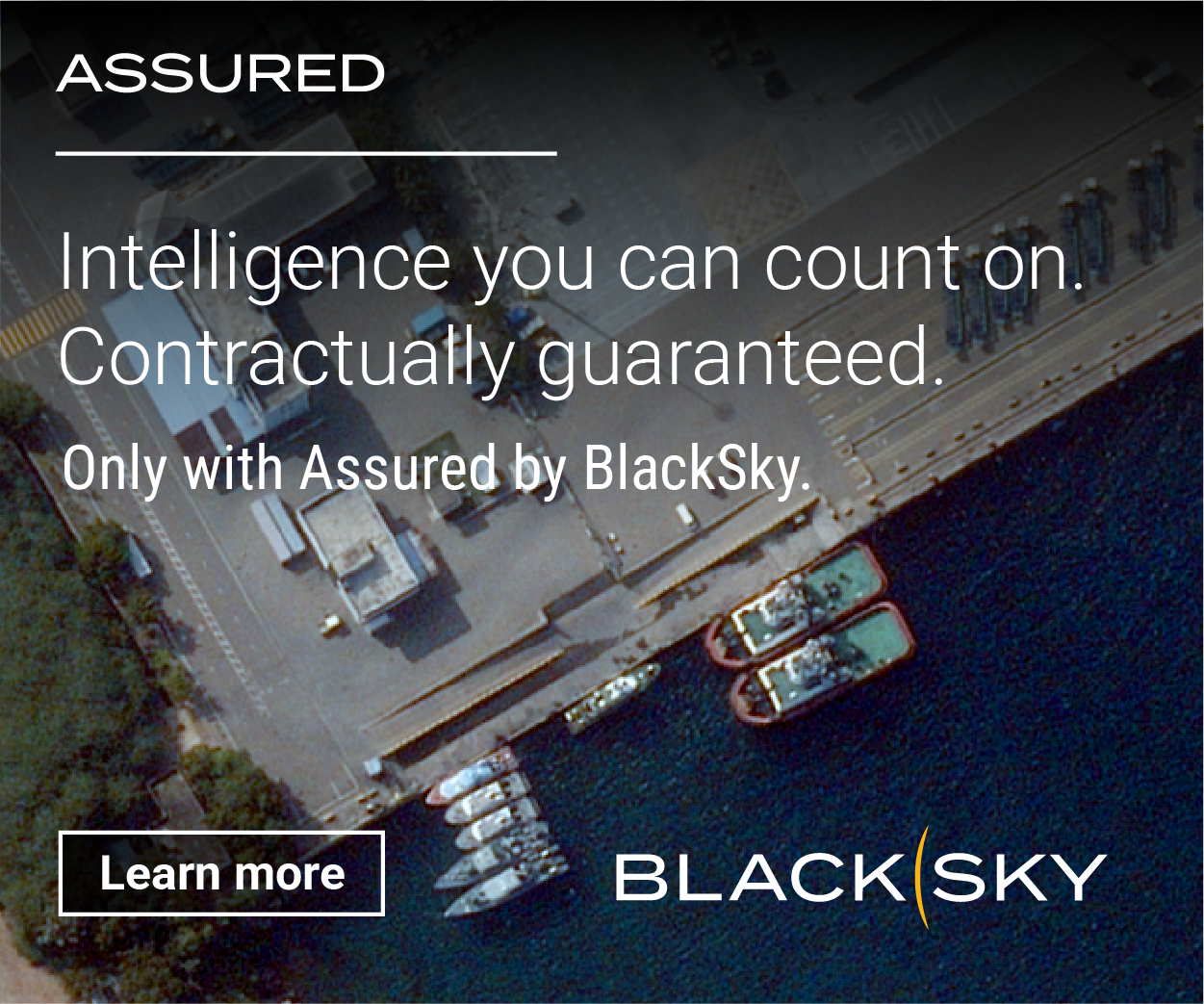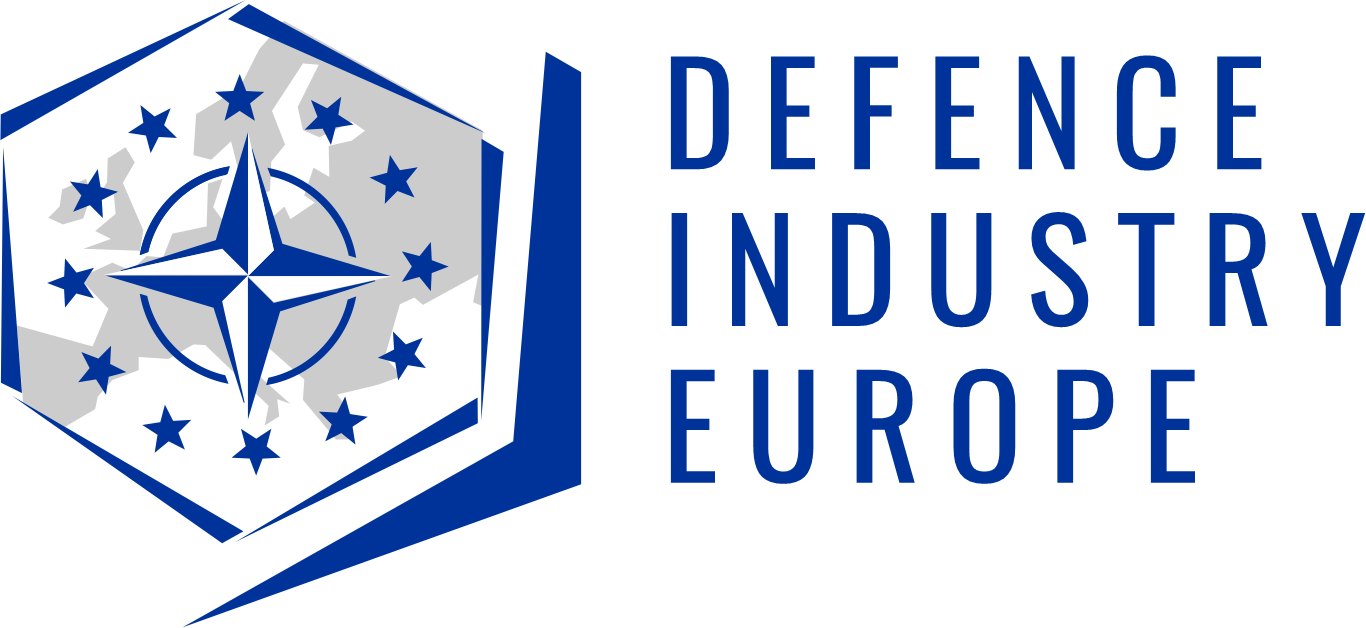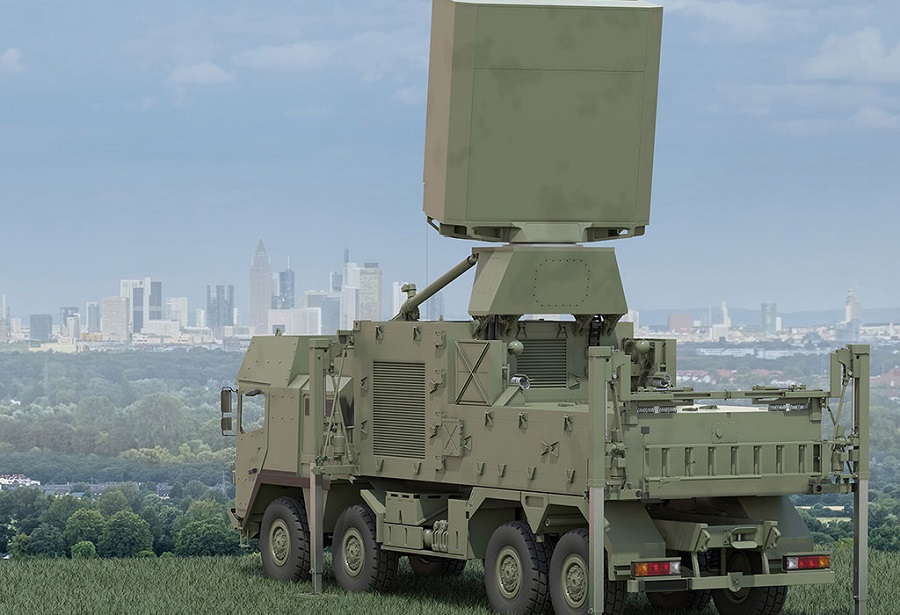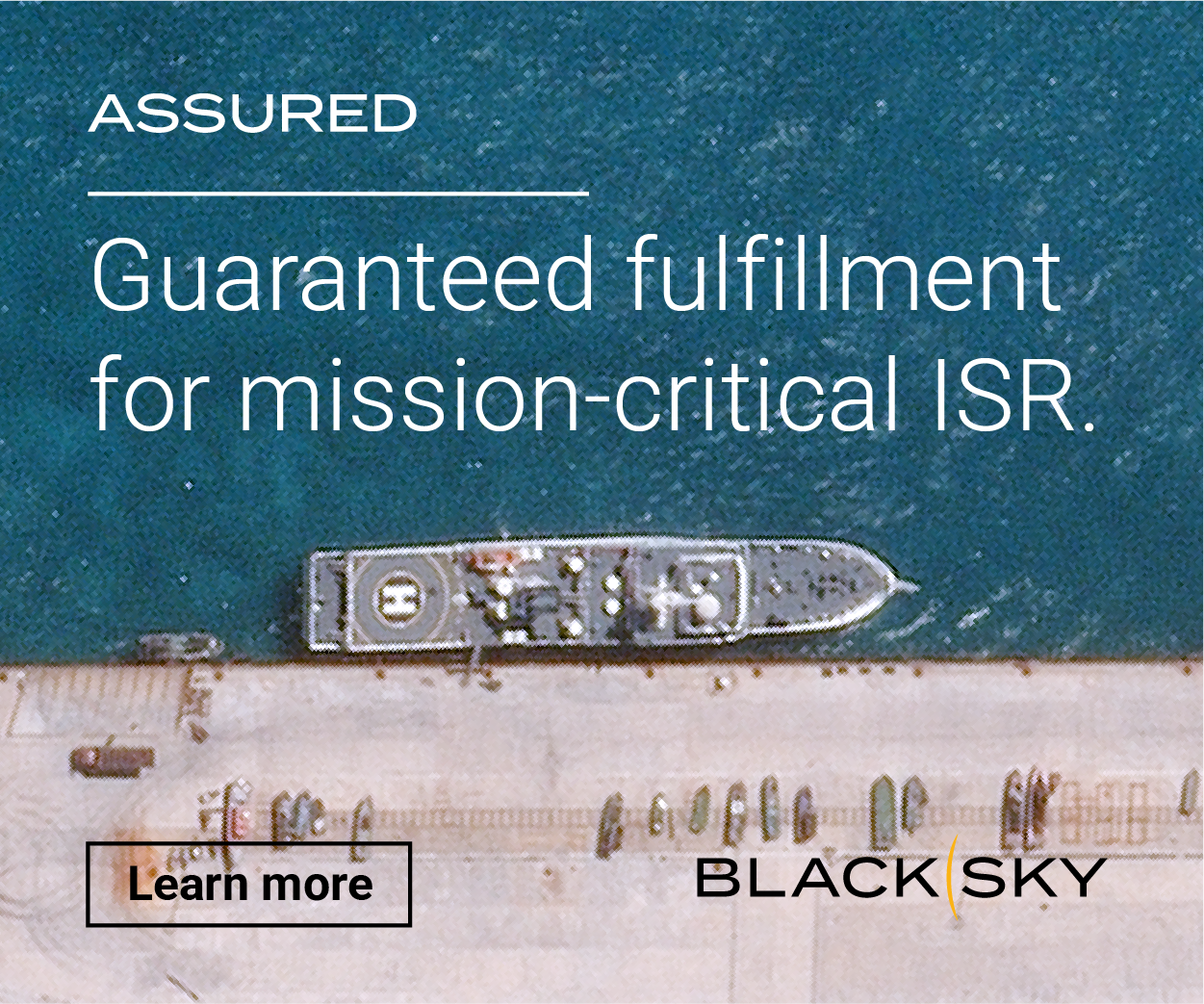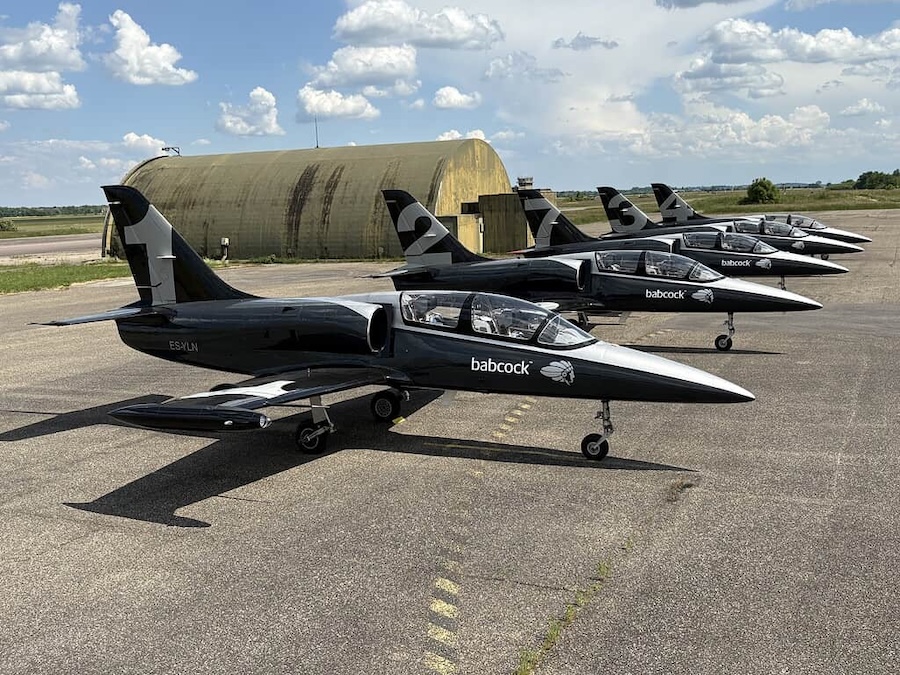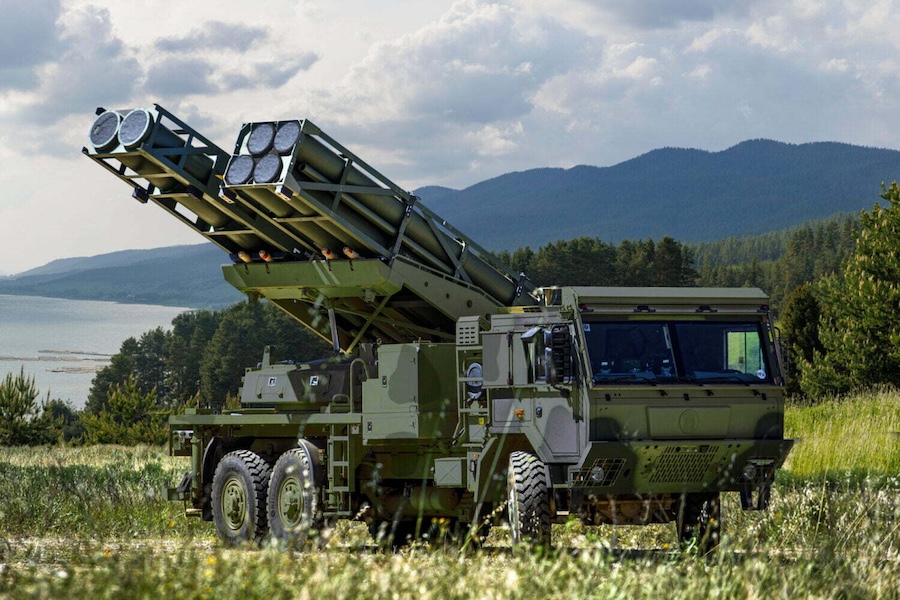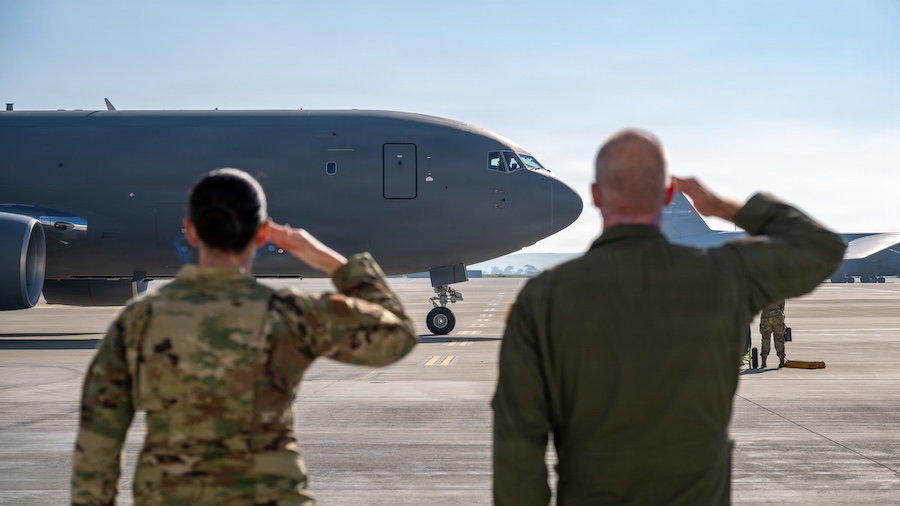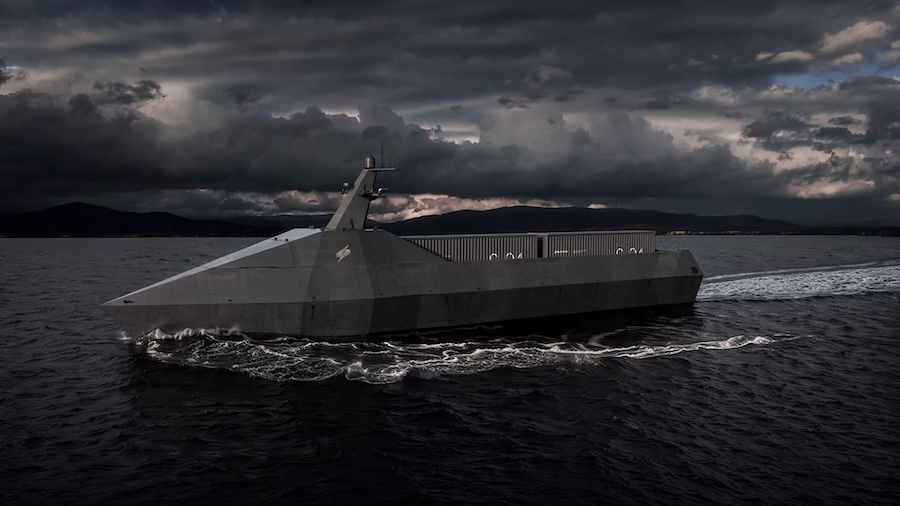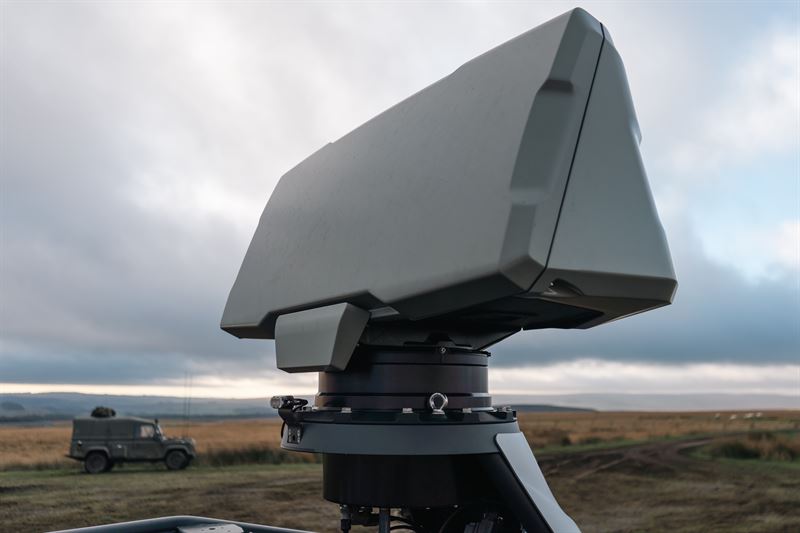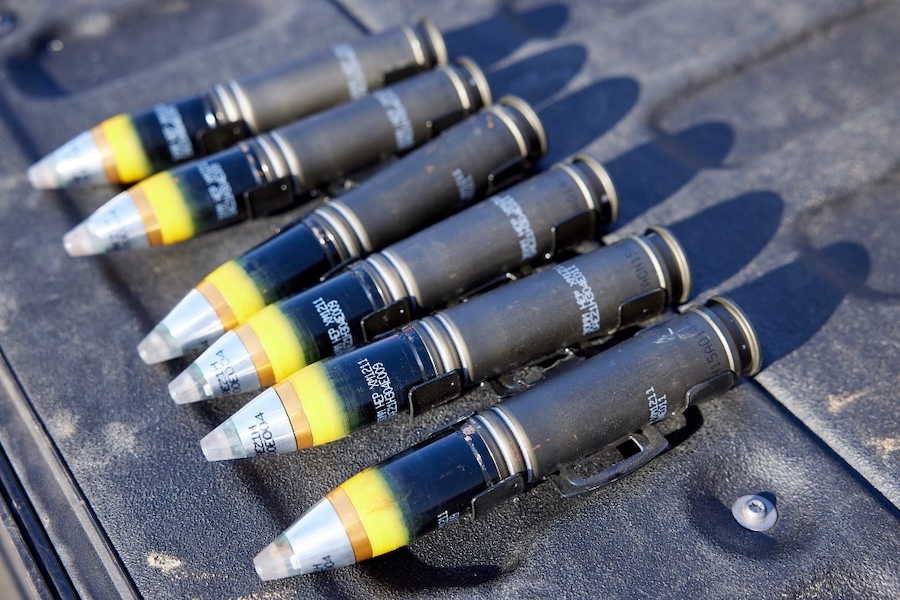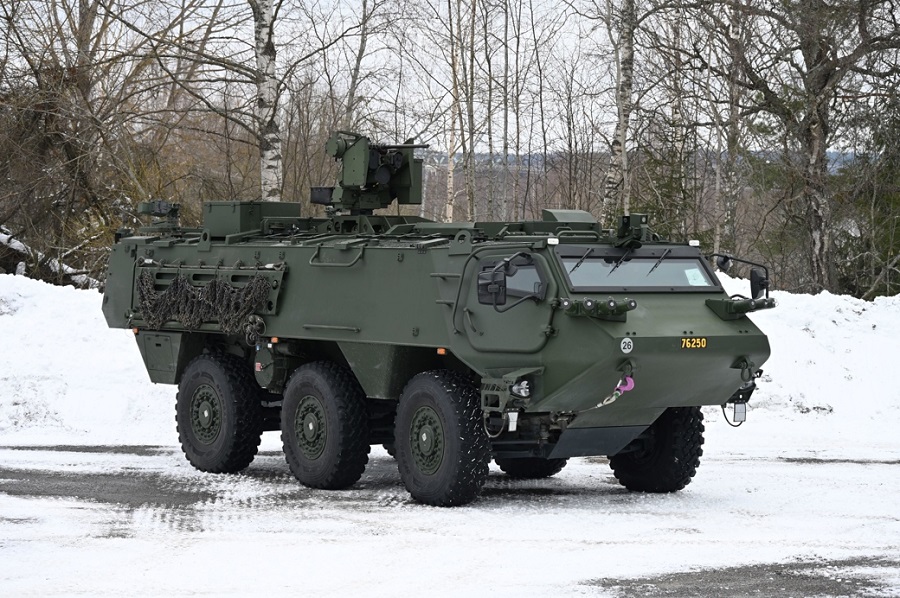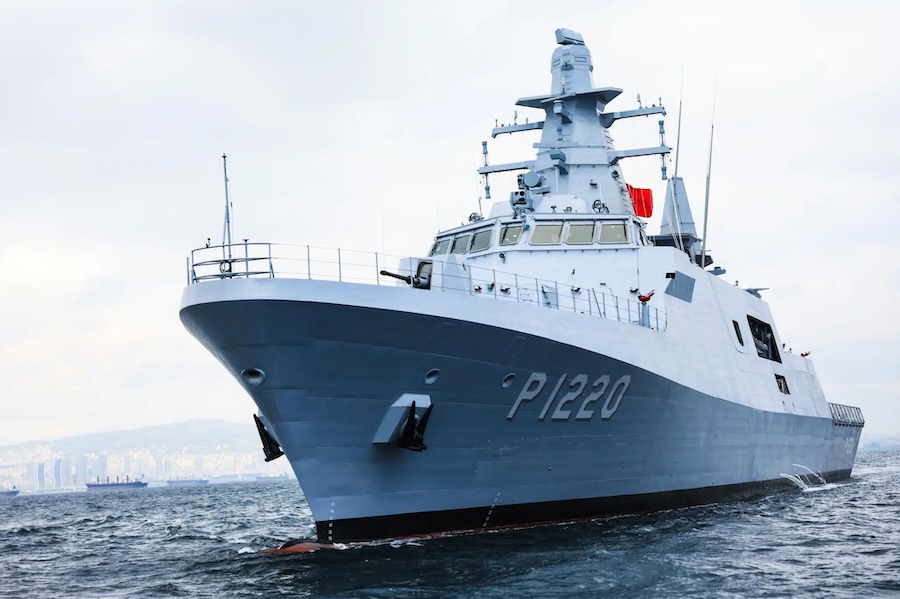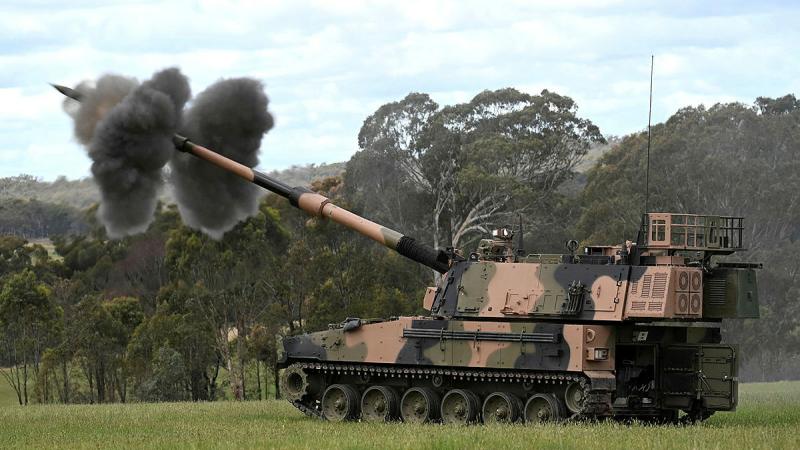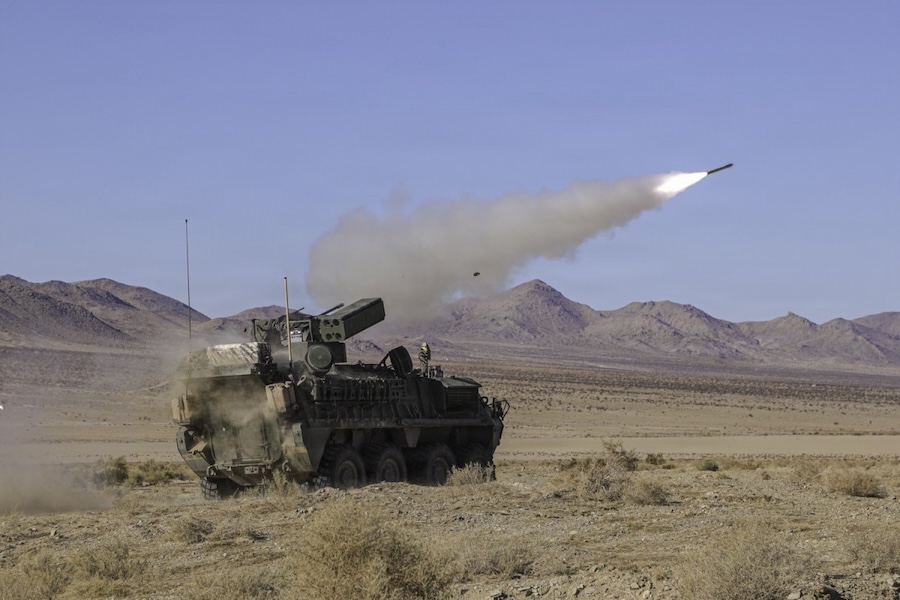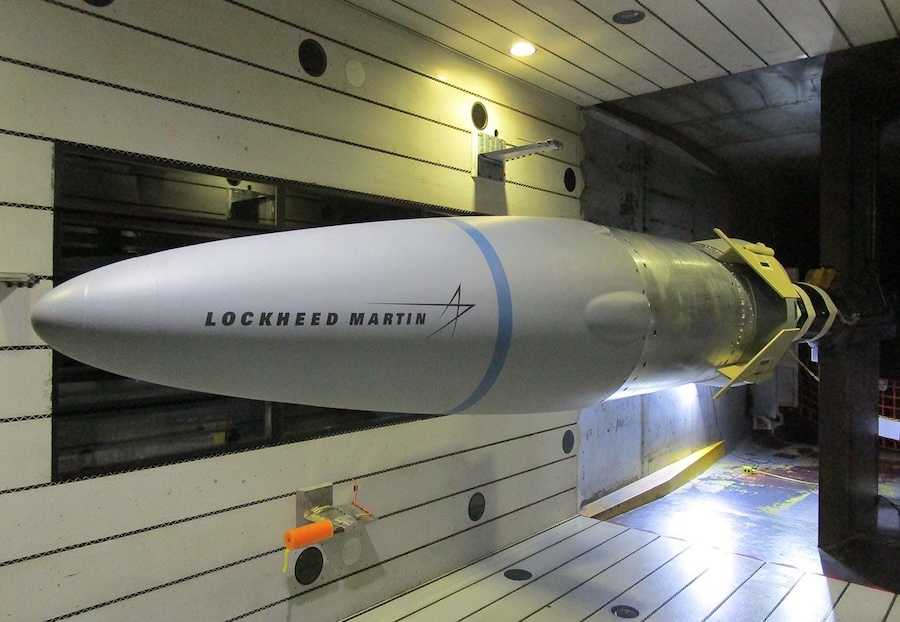According to the company, between 40 and 60 radars would be required to ensure full coverage of German airspace, although no formal commitments exist at this stage. Hensoldt also highlighted strong demand across Europe under the ESSI initiative, with the market potential for the radar sensor estimated at around EUR 2 billion.
Annual production of the TRML-4D is currently being increased to as many as 30 units. Should demand continue to rise in the longer term, the company does not rule out building or assembling the system with partners.
The TRML-4D is also undergoing capability upgrades. Future deliveries will include functions enabling detection of artillery shells and mortar rounds in flight, while artificial intelligence-based target recognition is planned for integration as announced during the Paris Air Show in June.
Based on Active Electronically Scanned Array (AESA) technology, the TRML-4D can detect and track around 1,500 targets within a range of up to 250 kilometres. It is designed to identify and classify a wide spectrum of threats, including cruise missiles, rockets, drones and aircraft, for engagement.
The radar is an integral component of Diehl Defence’s IRIS-T SLM air defence system. In addition to deployment in Ukraine, the system is also in service in Egypt, while Germany, Estonia, Latvia, Slovenia, Sweden and Switzerland have committed to procurement. Bulgaria, Lithuania and Austria have also indicated interest, and the radar can additionally be used as a standalone air surveillance system.
Source: HENSOLDT.

